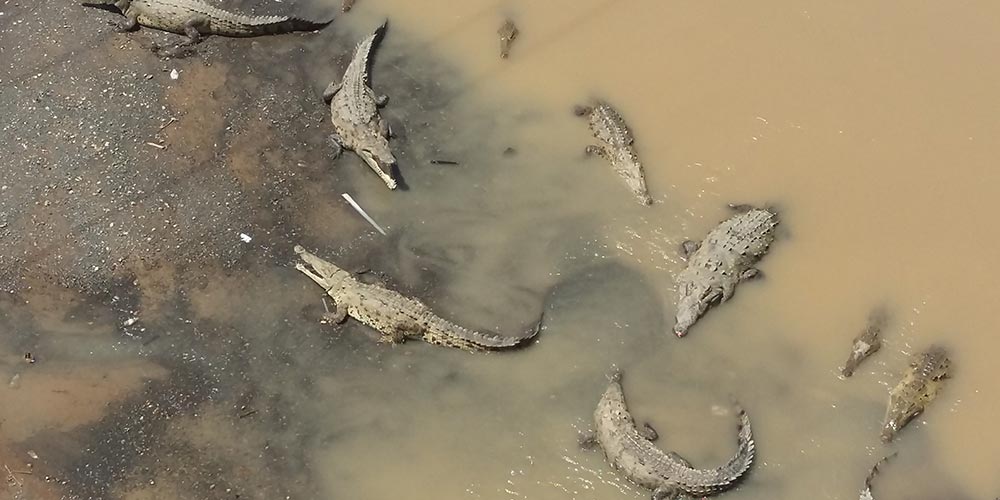In the lush landscapes of Costa Rica, where biodiversity sings the songs of the wild, crocodiles are making a splashy comeback, reclaiming their spots in the rivers and wetlands like celebrities returning to the red carpet. According to the country’s conservation authorities, these ancient reptiles are not just surviving; they’re thriving, leading to heated discussions about whether their burgeoning numbers are tipping the scales too far in their favor, especially with a recent uptick in crocodile-human encounters.
Crocs Galore: A Conservation Success Story
Nestled within the Tempisque wetlands of Guanacaste and sprawling across rivers that vein through the Central Caribbean, Northern Caribbean, and Central Pacific, crocodile populations are flourishing. The National System of Conservation Areas (SINAC) highlights rivers like Tempisque, Coto, Pacuare, and several others as prime crocodile real estate, showcasing a conservation triumph as these apex predators reach numbers mirroring their glory days.
Juan Sanchez, a SINAC biologist, champions crocodiles as keystone species, essential for the health and balance of their ecosystems through their roles in predation and nutrient recycling. “Seeing their numbers recover is a win for Costa Rica’s wildlife,” Sanchez beams, highlighting the positive side of this reptilian renaissance.
The Debate: Overpopulation or Misunderstanding?
However, not everyone is ready to roll out the welcome mat. With two tourists in Guanacaste nursing crocodile bite wounds this week, whispers of overpopulation and calls for population control are growing louder. Are too many crocs cramping Costa Rica’s style, or is there more to the story?
Enter Ivan Sandoval, a crocodile sage from the National University, who debunks the overpopulation myth with science and sass. According to Sandoval, if crocodiles were truly overstepping their bounds, we’d see them duking it out over dinner and dates. But the data doesn’t show a reptile rumble over resources. Instead, Sandoval suggests, crocodiles are simply seizing opportunities, dining on the bounty that human encroachment into their habitats inadvertently serves up on a silver platter.
Living with Legends: The Path Forward
The crux of coexistence, as officials and experts assert, lies in smart choices and respect for boundaries. Stepping into a river where crocodiles reign supreme is akin to crashing their dinner party uninvited—a bold move with predictable consequences. The mantra for harmony? Smart land use, a healthy dose of caution, and letting crocodiles have their space.
As Costa Rica continues to keep tabs on its toothy residents, the goal is to strike a balance where humans and crocodiles can thrive side by side. The occasional relocation of a particularly snappy individual might be necessary, but overall, the crocodile’s comeback is hailed as a testament to the country’s commitment to preserving its rich tapestry of life.
In the end, Costa Rica’s crocodile narrative is a complex one, woven with threads of conservation success, ecological balance, and the age-old drama of human-wildlife interactions. It’s a story that demands respect, understanding, and perhaps a bit of awe for these ancient creatures that have weathered the eons, reminding us of the wild world we share.


1 comment
[…] Source link […]